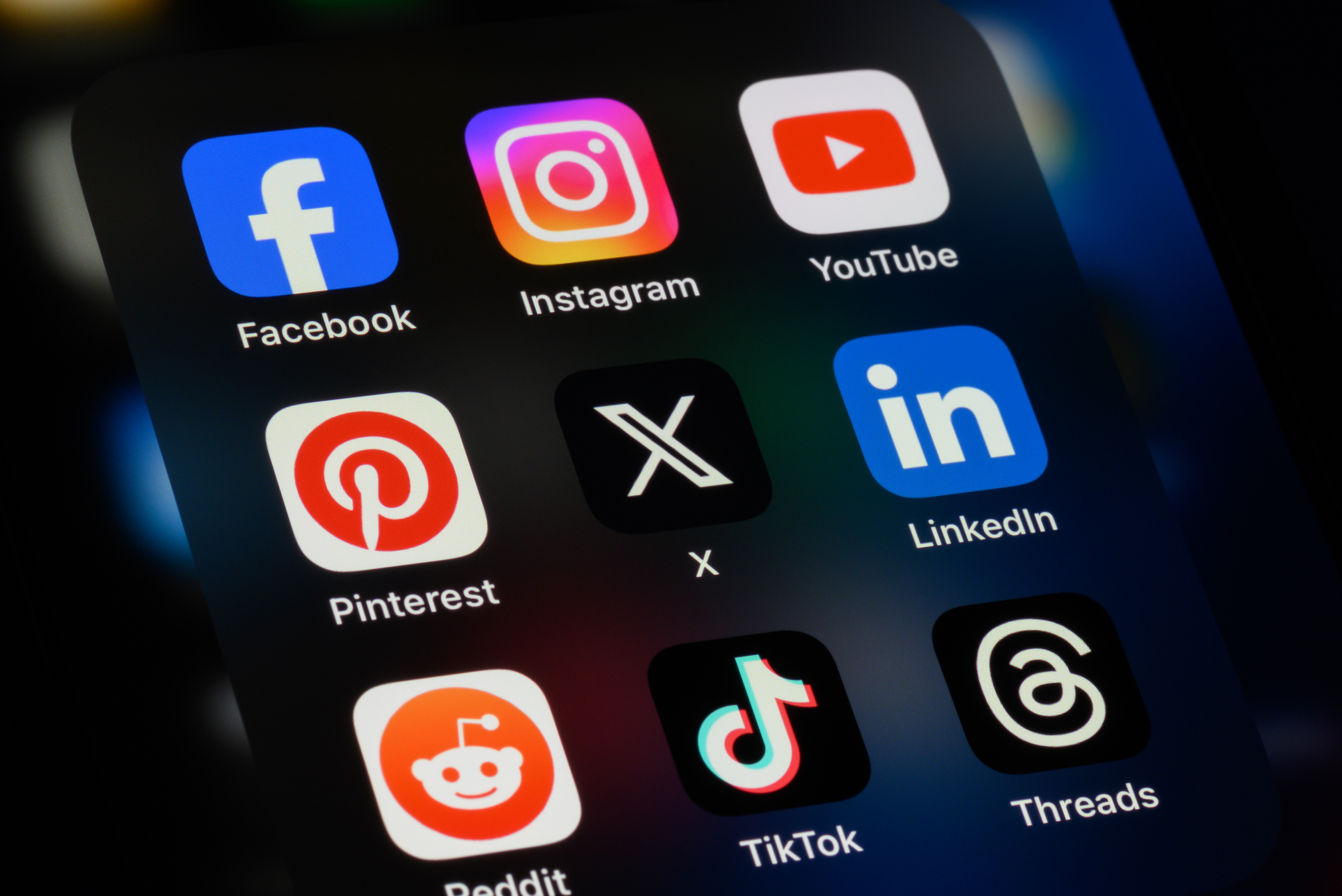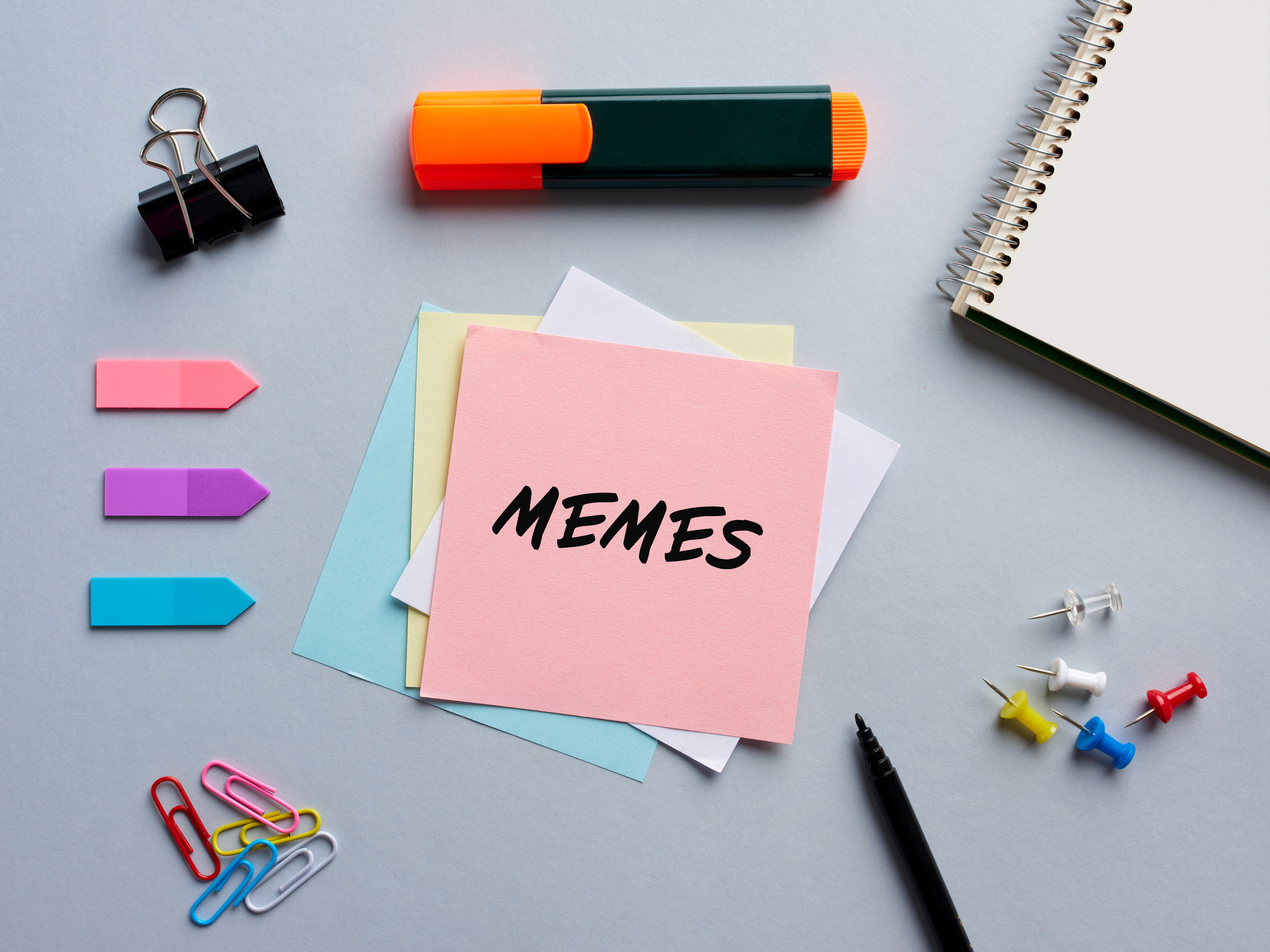
Social media: it’s frequently the object of students’ focus and the bane of our existence as teachers. How our students interact with texts is very different from how most of their teachers grew up interacting with texts, and it can be hard to see things like social media as beneficial. However, it doesn’t have to be a distraction. When used effectively, social media trends can also increase student engagement in class and provide a vehicle for creativity and deep discussions.
Even if you aren’t a social media maven yourself, reframing how you see it can get you ready to mine this resource for all the gems within. As teachers, we use texts to build knowledge about a topic (often quickly), inspire discourse, introduce a new perspective, help students make connections, supplement other texts, engage students, and serve as mentor texts for writing and other products. Social media can do all of these things—and more.
Text-based Platforms
How to use Twitter & Facebook
Text-based social media platforms like Twitter and Facebook are full of single posts, threads, and conversations from various subject-matter experts around the world. Single Tweets can be screenshotted and used as a quick-response warm-up for a lesson or as part of the resource bank for a Document-Based Question. Students might analyze the connection between a Tweet’s text and image. Tweet threads can be used as stand-alone texts, or as inspiration for further writing. Student might craft a “Tweet thread” sharing information about a particular area of study, or work with another student to create a Twitter conversation between two historical figures or two nations.
How to use Reddit
You may have seen repurposed Reddit posts, abbreviated AITA?, which feature someone laying out the specifics of an argument they have had with someone, and then asking Redditers for judgment. The readers vote on whether the poster or the other party is more to blame, laying out their reasoning. This format is full of possibilities for social studies, a subject that centers on the push and pull of various forces throughout history and across the world.

Video- and Image-based Platforms
Using TikTok in the Classroom
TikTok is a much-maligned social media platform, especially among those less inclined to use it, but hear me out: it’s full of great ideas, interesting information, and enthusiastic educators (professional and amateur)! There are amazing TikToks sharing lesser-known historical facts and new perspectives on familiar events. One TikTok highlighted a letter from a teenager to his mother in ancient Babylon about the shabbiness of his clothes—surely a way to bring the past into the present if there has ever been one. Several TikTokkers cosplay as historical figures or reenact various historical events with a humorous lens. Several people cook recipes from the past, highlighting things such as rationing, cultural differences, and food trends.
Students might “cosplay” as historical figures to do a “TikTok Live,” which is a live video where they take questions from commenters. What questions would an audience ask Theodore Roosevelt, for example, and how would he answer them? They might also interview someone in a “man on the street” style, which is popular among some TikTokkers.
Utilizing Instagram Effectively
Social media isn’t only for consuming information. It can also serve as inspiration for students to create their own products. Instagram has a subgenre known as “bookstagram,” where people create aesthetic pictures representing a certain book or series. They artfully stage photos with a book and several items related to the book’s contents and then use hashtags in the caption to catch the attention of the right audience. Consider how this same format could be used for historical events or figures or national monuments.
When you notice memes—sounds, images, or videos that are repurposed and used to communicate a message—don’t just scroll by! Consider how that meme might be leveraged in your classroom. Recently, a popular meme for literature and movie buffs was, “He’s/She’s a 10, but…,” which was then completed with a very specific and disqualifying attribute (“He’s a 10, but he sits on his lawn every night staring at the green light on your dock” was a The Great Gatsby-inspired reference). Students could replicate this meme (or others) using what they have learned about a person or topic.
It is, of course, important to use social media safely. Ensure that you are screenshotting Tweets and other text-based posts for use in the classroom. Download TikToks and then share the file only. Use Google slides to replicate the Tweet and thread format. It’s important to keep students safe, but also teach them how social media can be used to learn and grow and communicate in a way that makes us all better. And don’t be afraid to jump into social media with a teacher’s eye—you’ll be pleasantly surprised at what there is to “like” and “share”!
Get hundreds of media literacy-building activities with Active Classroom
Try a free 30-day trial today
Sarah A. Honore began her career in education as a high school English teacher in Houston, Texas. She has since worked as a teacher, an instructional coach, a curriculum writer, and a director of English Language Arts at the district level. Her passions include literacy across content areas, diverse books, and supporting teachers and leaders. While not a social studies teacher by trade, Sarah loves exploring the connections between these two contents in order to enrich the classroom experience for both teachers and students.